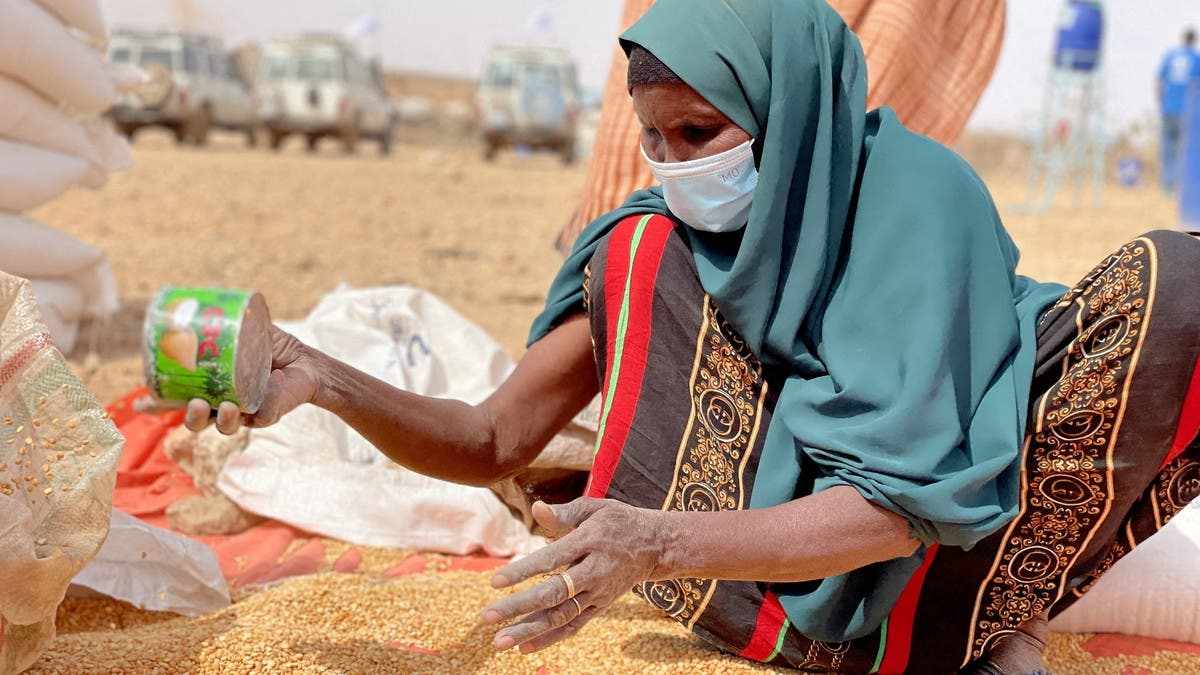Outlook: Africa’s changing agriculture landscape
- Date: 20-Oct-2021
- Source: Zawya
- Sector:Agriculture
- Country:Middle East
Outlook: Africa’s changing agriculture landscape
Surging commodity and food prices are hurting sub-Saharan African countries at a time of weak growth. As more go hungry and malnutrition continues, achieving the United Nations’ Zero Hunger initiative to eradicate poverty from the continent by 2030 will prove even more challenging. Even before COVID-19 decimated economic growth and pushed millions of Africans below the poverty line, some 690 million of the continent’s citizens were struggling with undernourishment, according to a new report by the United Nations Food and Agriculture Organization (FAO). The African Development Bank expects the continent’s $35 billion food import bill to rise to $110 billion by 2025. In the continent, public expenditure is the main driver to reduce poverty, fight hunger and accelerate the transformation of the agriculture sector, but the FAO report has found that the sector remains underfunded. “On average, 21 percent of budgets devoted to food and agriculture were not spent, suggesting that large financial commitments are not sufficient to enable a country to transform its agricultural sector,” says the report, which focuses on 13 African states including Ethiopia, Uganda and Tanzania. COVID-19 further exacerbated the situation with an economic downturn, and the number of undernourished Africans increased over five times higher























